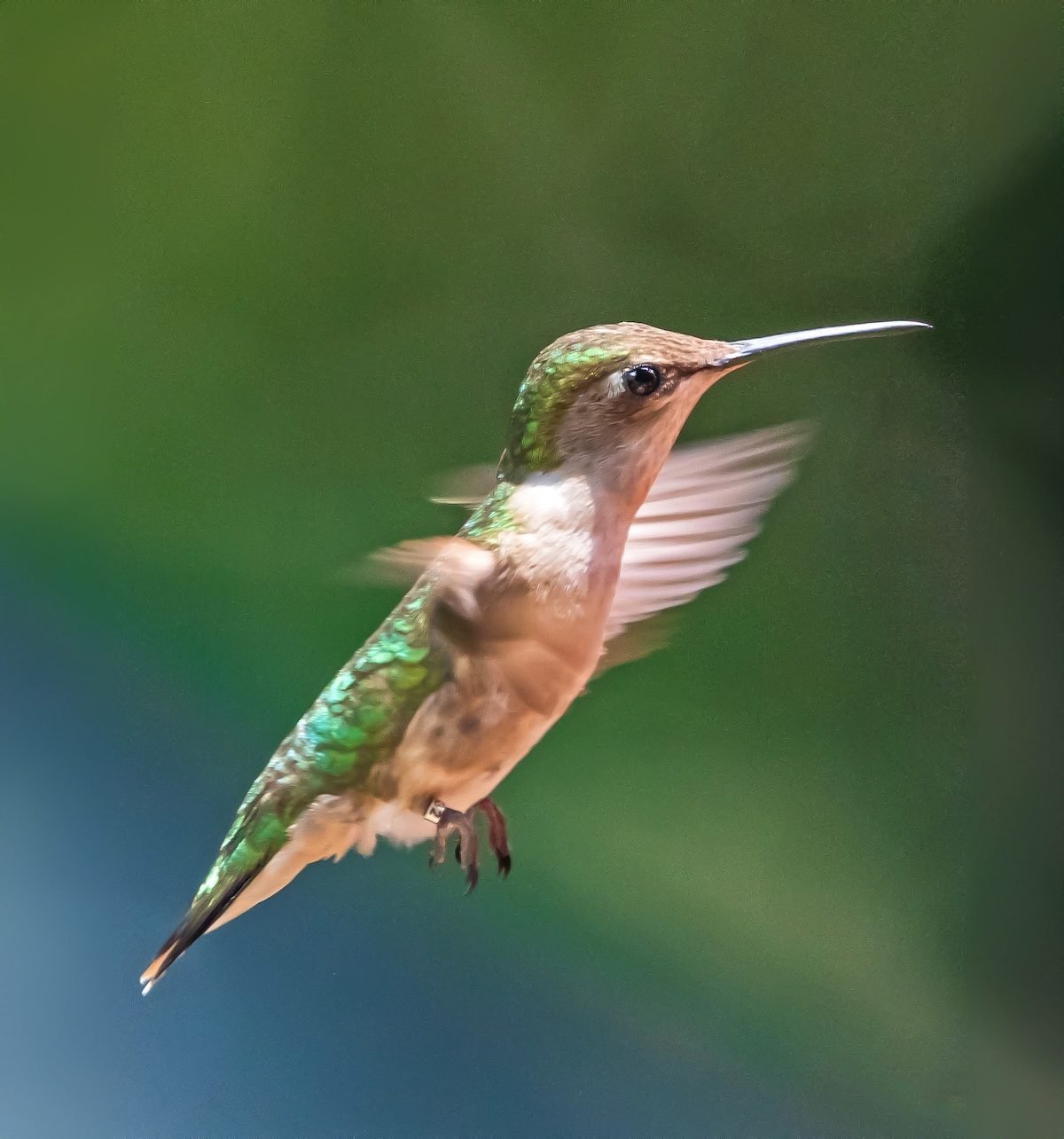Hummingbird Tracking: Tiny Migrators Revealed

The Science Behind Hummingbird Banding
Hummingbirds are among the most fascinating creatures in the natural world, and tracking their movements is essential for understanding their behavior and survival. One of the most effective methods for this is banding, a process that involves placing a small, numbered metal ring on a bird’s leg. This allows researchers to identify individual birds when they are recaptured or found again. By studying these tiny, vibrant birds, scientists gain valuable insights into their lives, migration patterns, and longevity.
A Unique and Detailed Process
Banding hummingbirds is not a simple task. It requires specialized training and careful attention to detail. In the United States, all bird banding activities must be authorized by the federal Bird Banding Lab. However, handling hummingbirds comes with additional requirements. According to Ryan Jacob, the banding projects director for the Black Swamp Bird Observatory, "Special training is required in the methods of hummingbird handling, banding, and band making."
This means that banders don’t just use pre-made bands like those used for other birds. Instead, they receive a thin metal sheet containing 100 bands. These must be cut into strips and then individually shaped into perfect circles. Each band must have smooth edges to ensure it doesn't harm the bird. This intricate process highlights the precision needed to work with such small and delicate creatures.
To capture these birds, banders often use lightweight mist nets that gently trap the hummingbirds without causing them harm. Others set up wire cages around feeders, allowing them to safely catch the birds when they visit. Once captured, the birds are quickly processed to collect important data, including age, sex, wing length, tail length, bill length, weight, and the number of gorget feathers. Afterward, they are fitted with a custom-sized band and released back into the wild.
Tracking Movements and Longevity
The data collected from banding has provided critical information about hummingbird behavior and migration. For instance, while the average lifespan of a hummingbird is relatively short, some individuals have been known to live seven years or more. One female broad-tailed hummingbird was even recaptured at over 12 years old.
Banding has also revealed surprising details about the migratory habits of these birds. Ruby-throated hummingbirds, for example, typically stay at stopover sites for less than a day. However, they sometimes remain for up to two weeks, especially along the Gulf Coast. In Louisiana, where many western species spend the winter, a banded rufous hummingbird returned to the same yard for eight consecutive winters. Another black-chinned hummingbird was recaptured in different locations across the country, showing how far these birds can travel.
Without banding, such long-term observations would be impossible. These findings highlight the importance of tracking hummingbirds to understand their survival and adaptability.
Observing Banded Birds in Your Backyard
While the actual banding process takes place at specific research stations, banded hummingbirds can appear anywhere. Ryan encourages backyard birders to look closely at the legs of hummingbirds visiting feeders. “You may just find a little silver band teeming with information!” he says.
This is especially true for certain species like the rufous and Allen’s hummingbirds, which are often seen in the eastern United States. These birds are difficult to distinguish, particularly females and young individuals, unless they are examined up close. When a rare species appears at a feeder, local birders and banders often rush to identify and band it.
For example, in 2022, a rufous hummingbird appeared at Amanda Jackson’s feeder in Columbia, Missouri. She contacted her local Audubon chapter, and soon birders from across the state were eager to see the “lifer.” Two banders arrived and successfully banded the bird, which became a local favorite. Amanda even changed her feeders multiple times a day to keep the bird comfortable as temperatures dropped.
Understanding Hummingbird Species
Identifying hummingbird species is crucial for scientific research and conservation efforts. Banders play a key role in distinguishing between similar species, especially when they appear outside their usual ranges. This helps researchers track population trends and better understand the ecological roles these birds play.
Ryan Jacob, who manages the Navarre Marsh banding research station at the Black Swamp Bird Observatory, works with volunteers and seasonal staff to conduct mist netting during migration seasons. He is also a certified trainer with the North American Banding Council, ensuring that the next generation of banders is well-prepared for this vital work.
Through banding, we continue to learn more about these remarkable birds and the incredible journeys they undertake. Whether in a research station or a backyard feeder, every banded hummingbird contributes to a broader understanding of their world.
Post a Comment for "Hummingbird Tracking: Tiny Migrators Revealed"
Post a Comment